Red light therapy, also known as low-level laser therapy (LLLT) or photobiomodulation, has gained significant attention in the skincare world as a potential solution for reducing the appearance of wrinkles and fine lines. This non-invasive treatment uses specific wavelengths of red light to penetrate the skin and potentially stimulate cellular repair and regeneration.
As we age, our skin naturally loses collagen and elastin, leading to the formation of wrinkles. Environmental factors like sun exposure, smoking, and pollution can accelerate this process. With the growing interest in non-surgical anti-aging treatments, red light therapy has emerged as a promising option for those seeking to rejuvenate their skin.
But does it actually work? Let's explore the science, evidence, and real-world results behind red light therapy for wrinkle reduction.
The Science Behind Red Light Therapy
Red light therapy typically uses wavelengths between 630-700 nanometers to penetrate the skin at different depths. When these light wavelengths reach your skin cells, they're absorbed by the mitochondria (the powerhouse of the cell), which can lead to numerous biological effects.
The primary mechanism behind red light therapy's anti-aging benefits involves stimulating cellular energy production. The light activates production of adenosine triphosphate (ATP), which is essentially cellular fuel. With more energy, cells can function more efficiently and repair damage more effectively.
Additionally, red light therapy has been shown to increase circulation, reduce inflammation, and stimulate the production of collagen and elastin – all crucial factors in maintaining youthful skin. The increased collagen production is particularly significant since collagen is the protein responsible for skin's firmness and elasticity.
Research from the Journal of Photochemistry and Photobiology found that red light therapy can increase collagen density and improve skin tone, potentially reducing the appearance of wrinkles over time.
One patient I worked with, Sarah, always mentioned how different red light therapy felt compared to other treatments. "It doesn't burn or feel uncomfortable like chemical peels," she'd say. "There's just a gentle warming sensation, and over time, I noticed my skin had more bounce to it."
Clinical Evidence: Does It Really Work?
The evidence supporting red light therapy for wrinkle reduction is growing, though results vary based on treatment protocols and individual skin characteristics.
A 2014 study published in Photomedicine and Laser Surgery involved 136 volunteers who received red light therapy treatments twice a week for 15 weeks. The researchers found significant improvements in skin complexion, skin tone, skin smoothness, and wrinkle reduction. In fact, participants experienced a reduction in wrinkles of up to 36% in some cases.
Another study in the Journal of Cosmetic and Laser Therapy showed that 91% of subjects reported improved skin tone, and 82% reported enhanced smoothness of skin in the treatment area after 12 weeks of treatment.
In 2019, a systematic review of 31 studies found moderate evidence supporting the use of red light therapy for treating wrinkles, with the strongest evidence for improvements around the eyes and mouth.
The FDA has cleared several red light therapy devices for wrinkles and other skin issues, which adds credibility to its effectiveness. However, it's worth noting that while many users see improvement, results aren't guaranteed for everyone.
I always tell clients about my colleague Jennifer who tried red light therapy for her deep forehead lines. After 8 weeks of consistent treatments, she noticed they had softened considerably. The results weren't overnight, but the gradual improvement was unmistakable. She particularly appreciated that it complemented her other skincare practices without requiring any downtime.
Types of Red Light Therapy Treatments
Red light therapy comes in various forms, from professional treatments to at-home devices:
Professional Treatments
Professional red light therapy treatments are typically conducted in dermatologist offices, medical spas, or specialized skin clinics. These treatments use higher-powered devices that can deliver more intense light therapy in shorter sessions.
Professional sessions usually last about 15-30 minutes and are often recommended in a series of treatments—typically 8-10 sessions over several weeks—for optimal results. Many practitioners recommend maintenance sessions every few months after the initial treatment course.
The advantage of professional treatments is the expertise of trained specialists who can adjust the treatment parameters to your specific skin concerns. Additionally, professional devices often deliver more powerful and precise light therapy than at-home options.
A dermatologist I consulted with, Dr. Hamilton, emphasizes that professional treatments work best when incorporated into a comprehensive skin rejuvenation plan. "Red light therapy can enhance the results of other treatments like microneedling or proper at-home skincare," he explained. "Think of it as one piece of your anti-aging puzzle, not a magic solution on its own."
At-Home Devices
The market for at-home red light therapy devices has exploded in recent years. These range from handheld wands and masks to larger panels designed for treating larger areas of the body.
At-home devices typically have lower power outputs than professional equipment, which means they may require longer or more frequent sessions to achieve similar results. However, they offer the convenience of treatment in your own home and can be more cost-effective in the long run.
Popular at-home options include:
- LED face masks: These cover the entire face and usually include both red and near-infrared wavelengths.
- Handheld devices: These allow for targeted treatment of specific areas like crow's feet or forehead wrinkles.
- Panel systems: Larger panels can treat the face and other areas of the body simultaneously.
When choosing an at-home device, it's important to check for FDA clearance and verify that the device emits the correct wavelengths (typically 630-700nm for red light). Quality devices will clearly state their wavelengths and include proper eye protection.
Realistic Expectations and Results Timeline
When considering red light therapy for wrinkles, it's important to have realistic expectations about what the treatment can achieve and how long it takes to see results.
Red light therapy is not a quick fix or instant solution for wrinkles. Unlike more aggressive treatments such as chemical peels or laser resurfacing which produce immediate visible changes (often through controlled damage and subsequent healing), red light therapy works more gradually by stimulating your body's natural processes.
Most people begin to notice subtle improvements after 4-6 weeks of consistent treatment. These initial changes might include:
- Improved skin tone and texture
- Enhanced skin hydration and plumpness
- Reduction in redness or discoloration
- Subtle softening of fine lines
For more significant wrinkle reduction, especially for deeper wrinkles, a commitment of 8-12 weeks of regular treatments is typically necessary. Some studies show that continued improvement can occur for up to 3-6 months with ongoing maintenance treatments.
According to research published in the International Journal of Dermatology, patient satisfaction tends to increase over time with continued use of red light therapy.
Factors that influence results include:
- Age and condition of your skin
- Depth and severity of wrinkles
- Consistency of treatments
- Quality and specifications of the device used
- Whether red light therapy is combined with complementary treatments
Combining Red Light Therapy with Other Anti-Aging Approaches
For optimal wrinkle reduction, red light therapy often works best as part of a comprehensive anti-aging regimen rather than as a standalone treatment.
Many dermatologists recommend combining red light therapy with complementary skincare practices and treatments to enhance and maintain results. Here are effective combinations to consider:
Topical Skincare Products
Red light therapy can increase the absorption and effectiveness of certain skincare products by improving circulation and temporarily enhancing skin permeability. Consider pairing red light therapy with:
- Vitamin C serums: These provide antioxidant protection and boost collagen production
- Retinoids: These promote cell turnover and collagen synthesis
- Hyaluronic acid: This hydrates the skin and temporarily plumps fine lines
- Peptide formulations: These support collagen and elastin production
For best results, apply these products immediately after red light therapy sessions when skin absorption is potentially enhanced.
Professional Treatments
Red light therapy can complement other professional anti-aging treatments:
- Microneedling: When performed several days apart from red light therapy, this combination can significantly boost collagen production
- Chemical peels: Red light therapy can help skin recover more quickly after peels and enhance overall results
- Radiofrequency treatments: These tighten skin while red light therapy improves cellular function and collagen production
According to a study in the Journal of Clinical and Aesthetic Dermatology, combining red light therapy with other modalities produced superior results compared to single-treatment approaches.
Lifestyle Factors
Don't overlook the importance of lifestyle factors in maximizing red light therapy benefits:
- Sun protection: Daily SPF use prevents further photo-aging and protects new collagen
- Adequate hydration: Keeps skin cells functioning optimally
- Healthy diet: Rich in antioxidants and essential fatty acids supports skin repair
- Sufficient sleep: Allows skin's natural repair processes to work effectively
Potential Side Effects and Safety Considerations
One of the most appealing aspects of red light therapy is its remarkable safety profile compared to more invasive anti-aging treatments. However, as with any treatment, there are some considerations to keep in mind.
Red light therapy is generally considered very safe when used as directed. Unlike UV radiation, red light doesn't damage skin cells or increase cancer risk. It doesn't burn the skin or cause pain during treatment.
The most commonly reported side effects are mild and temporary:
- Slight redness that resolves within hours
- Temporary tightness or warmth in the skin
- Mild dryness in some individuals
These minor effects typically resolve quickly without intervention.
Safety precautions to observe include:
- Using appropriate eye protection during treatments (especially with more powerful devices)
- Following manufacturer instructions regarding treatment duration and frequency
- Being aware of photosensitivity if you're taking medications that increase light sensitivity
Consulting with a healthcare provider before beginning treatment if you have any skin conditions or concerns
People with certain conditions should exercise caution or avoid red light therapy without medical supervision:
- Active skin infections
- Photosensitive epilepsy
- Certain photosensitizing medications
- History of skin cancer
- Pregnancy (due to limited research, though no known risks)
The American Academy of Dermatology notes that light therapy is among the safer options for skin rejuvenation when used appropriately.
Cost Considerations and Value Analysis
When evaluating whether red light therapy is worth trying for wrinkle reduction, cost is certainly a factor to consider alongside potential benefits.
Professional Treatment Costs
In-office red light therapy sessions typically range from $50-150 per session, depending on:
- Geographic location
- Clinic reputation and expertise
- Whether the treatment is standalone or combined with others
- Session duration and technology used
Most practitioners recommend an initial series of 8-10 treatments, followed by maintenance sessions every 4-6 weeks. This translates to an initial investment of approximately $400-1,500 for a full treatment course.
At-Home Device Costs
At-home red light therapy devices vary significantly in price:
- Basic handheld devices: $50-200
- Quality LED masks: $200-500
- Professional-grade panels: $500-3,000+
While the upfront investment for quality at-home devices is substantial, they can be cost-effective long-term compared to ongoing professional treatments.
When analyzing the value of red light therapy for wrinkle reduction, consider:
- Results compared to alternatives (both more and less expensive options)
- Lack of downtime (unlike more aggressive treatments)
- Safety profile (fewer complications means fewer additional costs)
- Multiple benefits beyond wrinkle reduction (improved tone, texture, etc.)
- The gradual nature of results (which may require patience and consistency)
For those on a budget, some dermatology offices offer package deals or membership programs that can reduce per-session costs. Additionally, purchasing a quality at-home device can be economical if you're committed to long-term use.
I recently had a conversation with a client, Rebecca, who calculated that her $350 LED mask would pay for itself after just 5-6 professional treatments. "I've been using it three times a week for the past year," she told me. "Not only have I saved money compared to salon treatments, but I've also been much more consistent than I would have been if I had to schedule appointments."
Is Red Light Therapy Worth Trying for Wrinkles?
After examining the scientific evidence, clinical studies, and real-world results, red light therapy appears to be a promising option for reducing wrinkles and improving overall skin appearance—though not a miracle solution.
The strengths of red light therapy for wrinkle treatment include:
- Solid scientific basis for stimulating collagen production
- Growing body of clinical evidence supporting its effectiveness
- Exceptional safety profile with minimal side effects
- No downtime, unlike more aggressive treatments
- Potential for use in combination with other anti-aging approaches
- Convenience of at-home options for maintenance
However, there are limitations to consider:
- Results develop gradually rather than immediately
- Effectiveness varies between individuals
- Requires consistency and patience
- May not be as dramatic as more invasive procedures
- Best results typically come from combination approaches
Based on current evidence, red light therapy appears most effective for:
- Fine lines and early wrinkles
- Improving overall skin texture and tone
- Enhancing the results of other anti-aging treatments
- Those seeking natural, non-invasive options
For deeper, more established wrinkles, red light therapy may help but might need to be combined with other treatments for more dramatic improvement.
If you're considering trying red light therapy for wrinkles, consult with a dermatologist who can evaluate your specific skin concerns and help determine if it's right for you. They can recommend appropriate professional treatments or guide you in selecting a quality at-home device if that route makes more sense for your needs and budget.
Remember that consistent use is key—whether you choose professional treatments or an at-home device, the best results come from regular, ongoing sessions rather than sporadic use.
View our products:

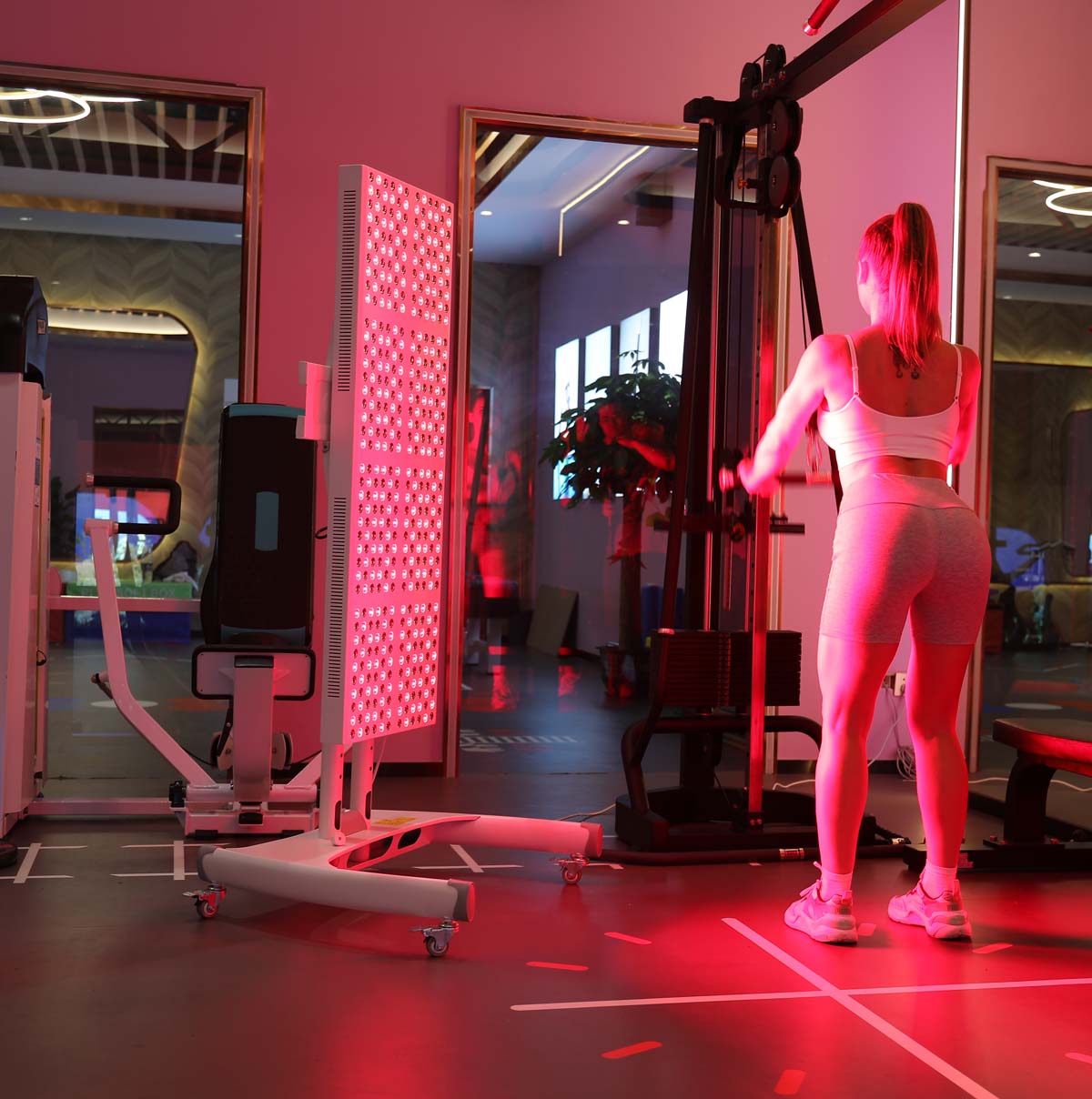
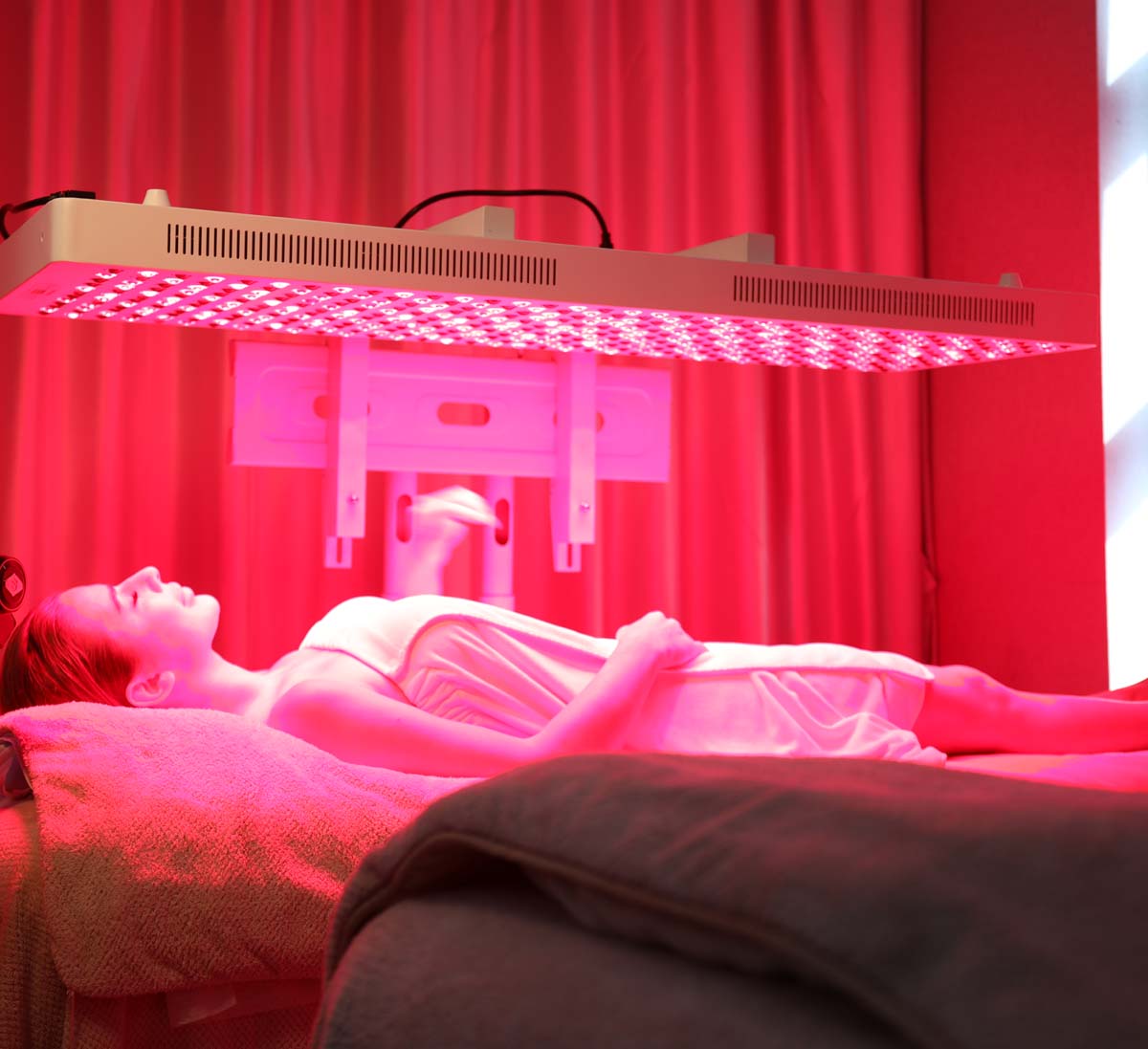

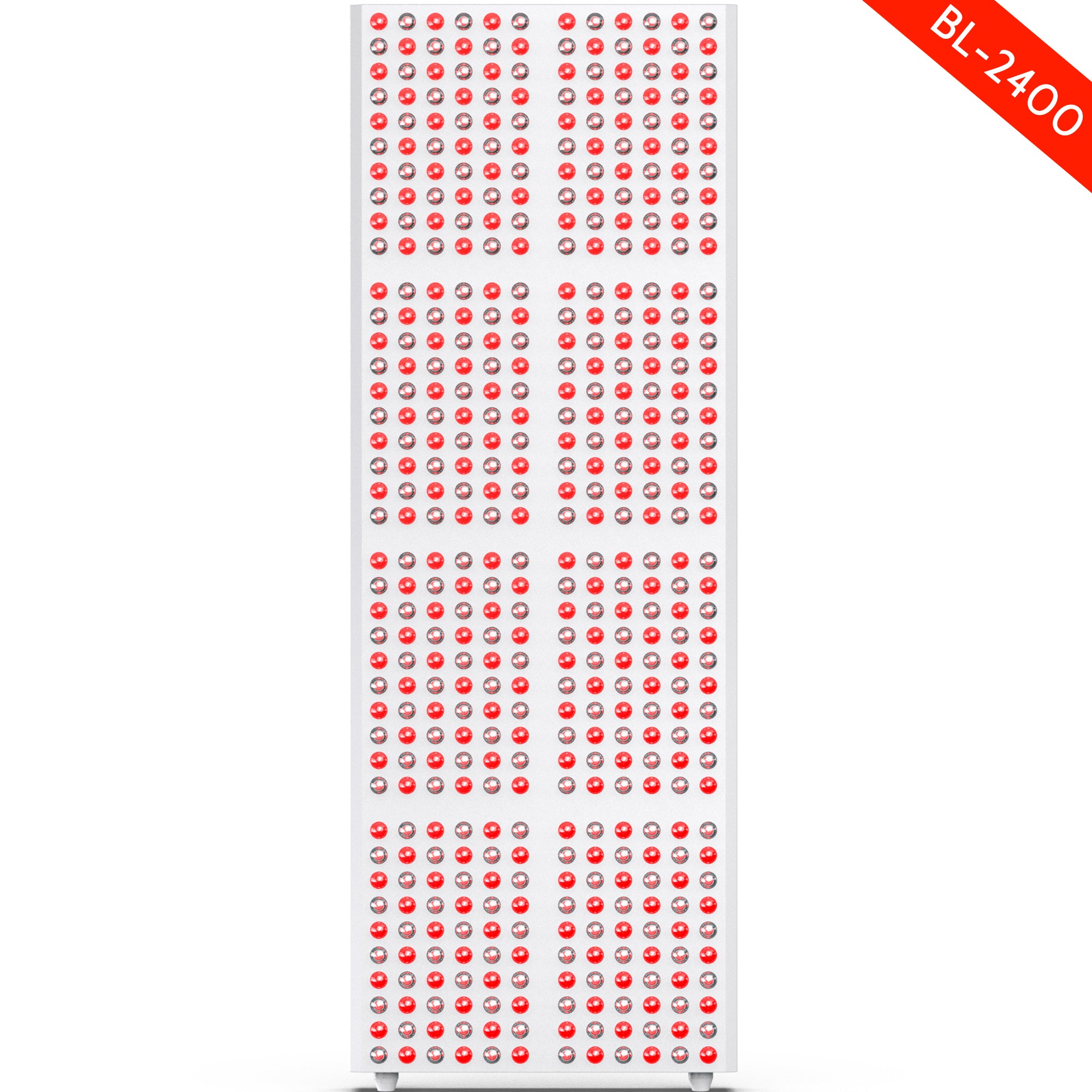
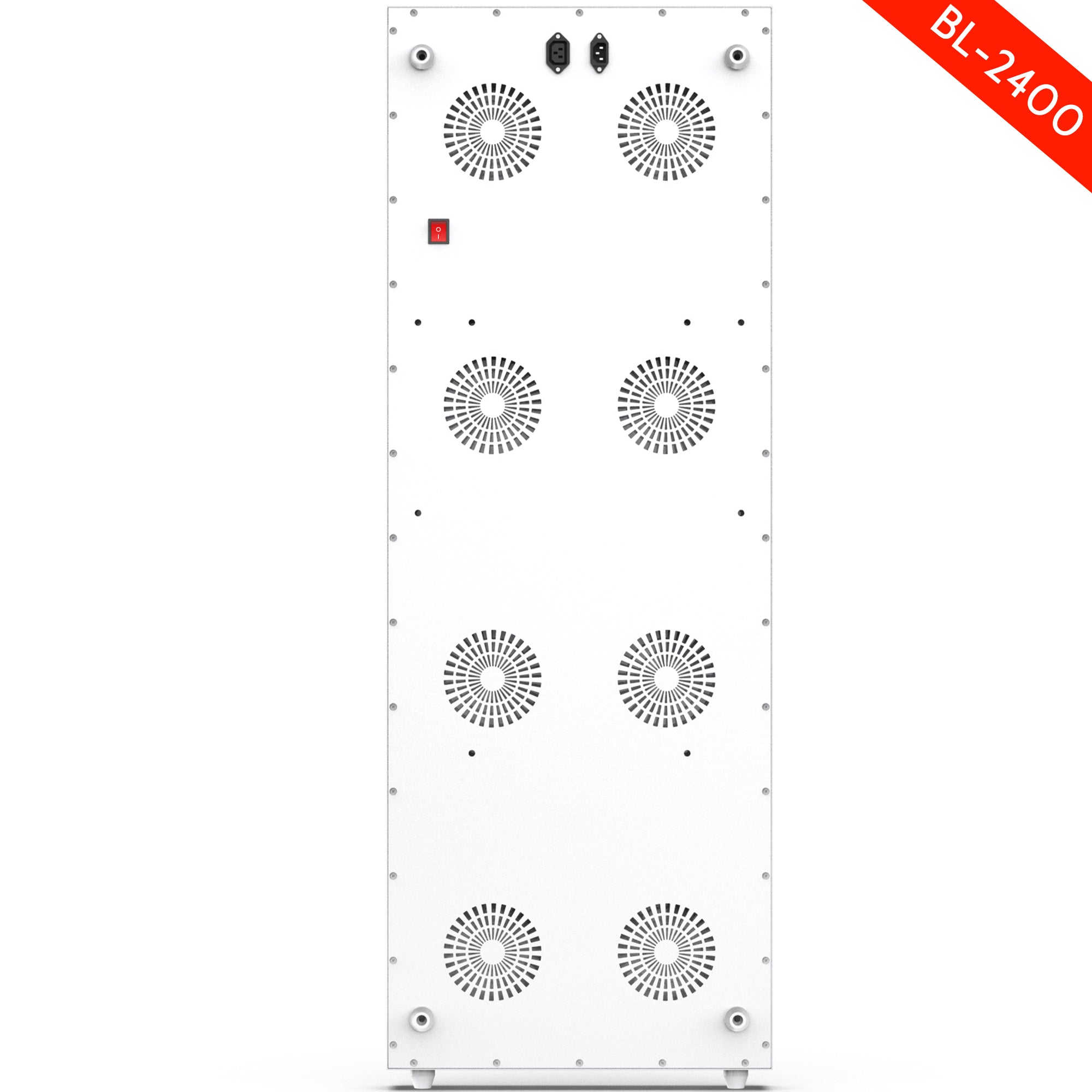
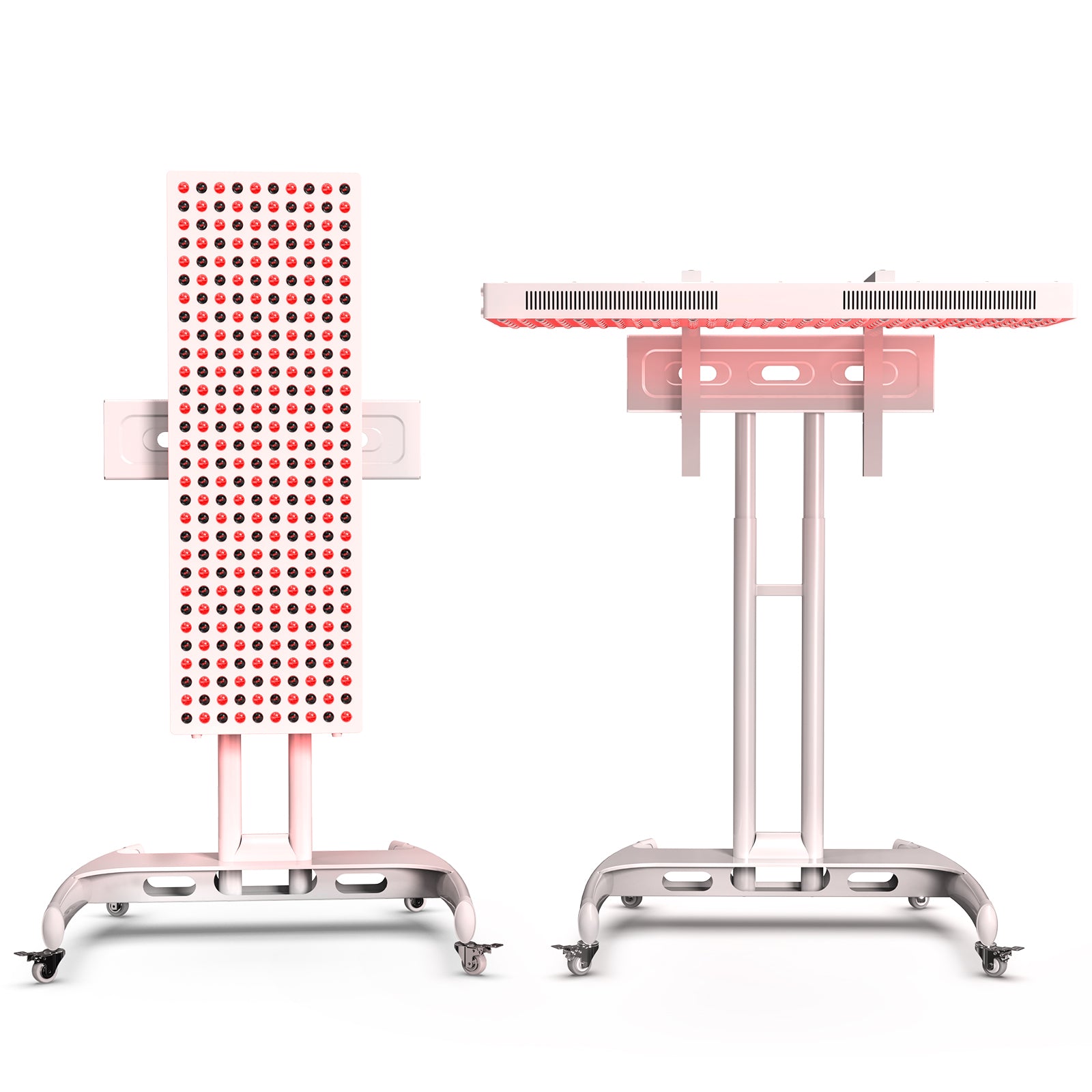
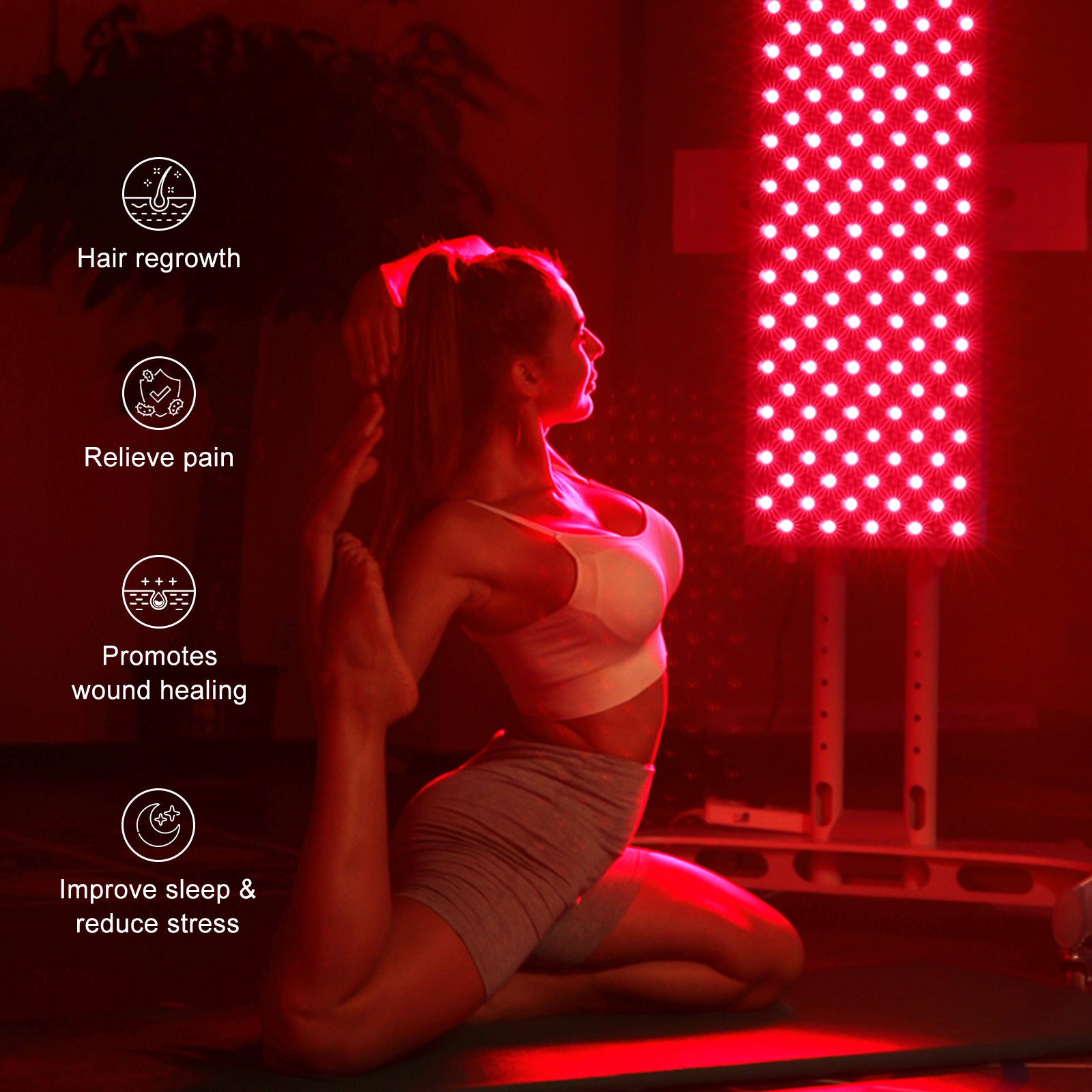
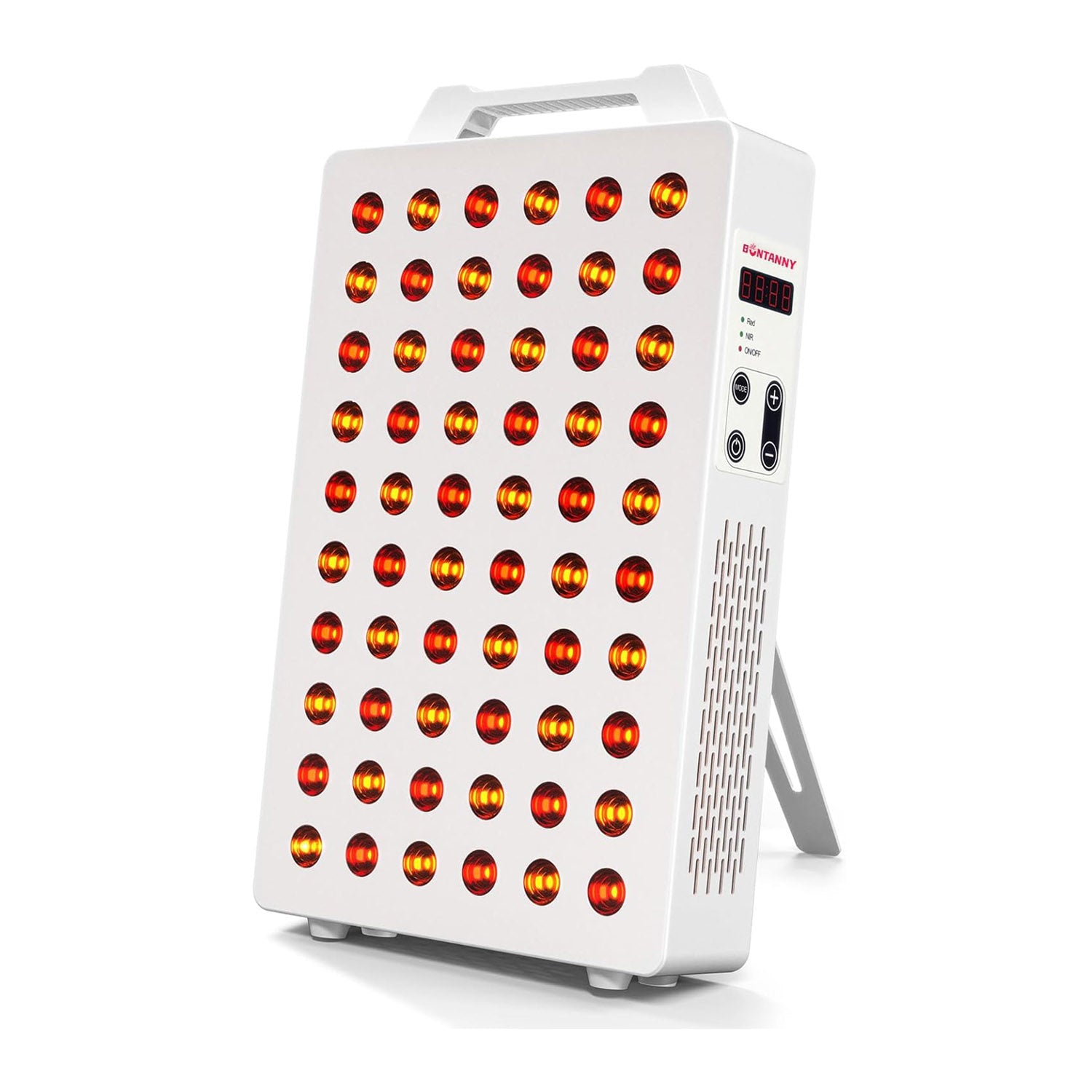
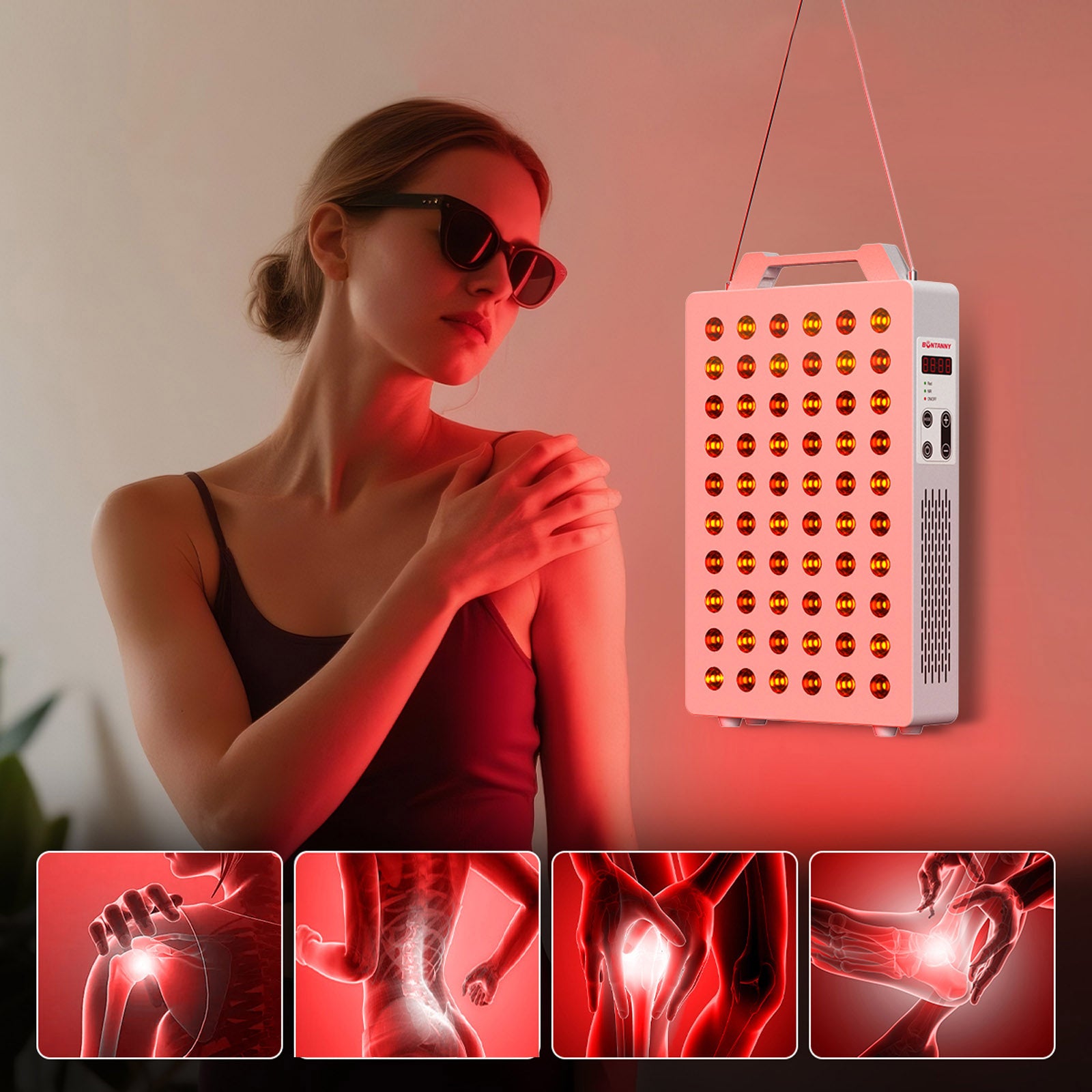
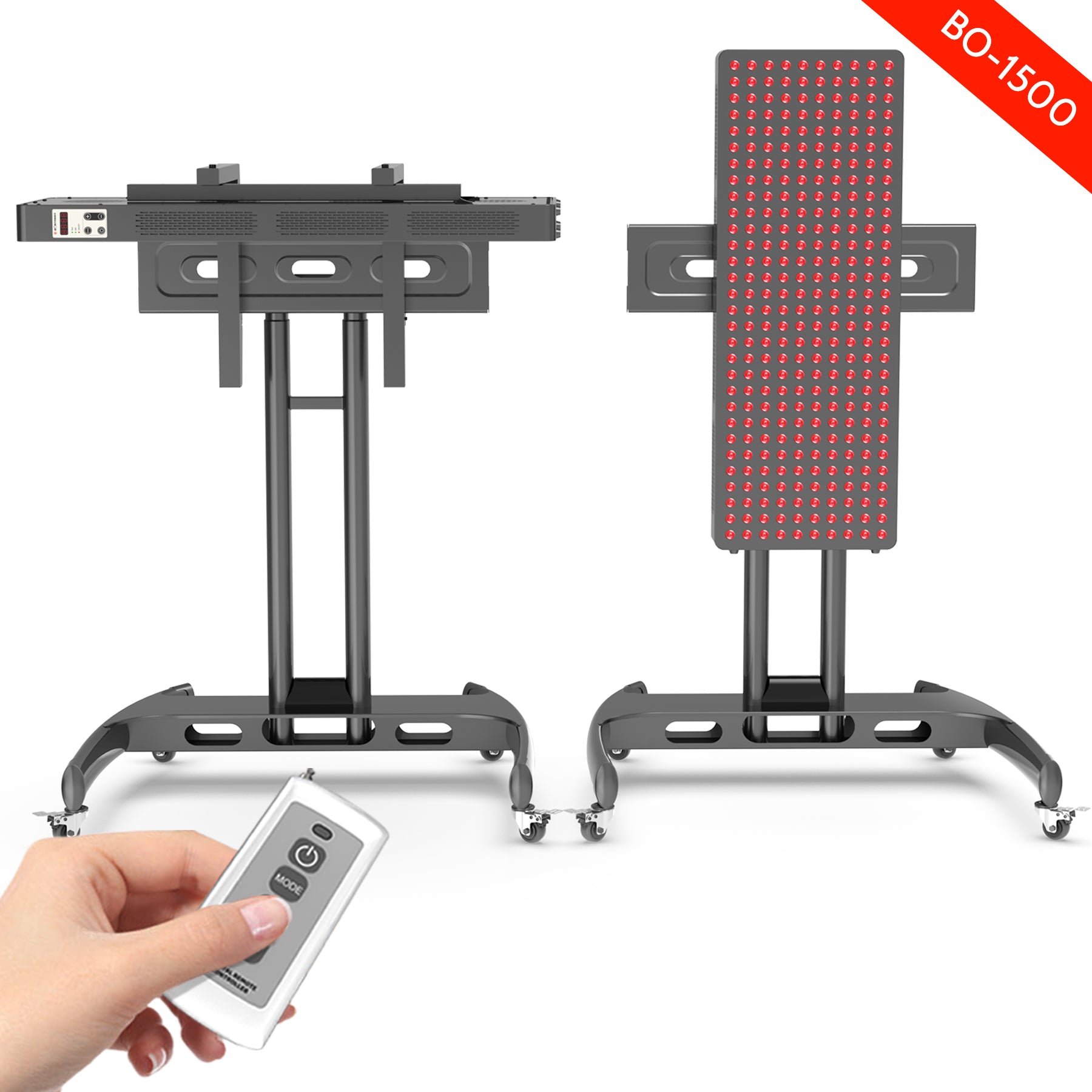
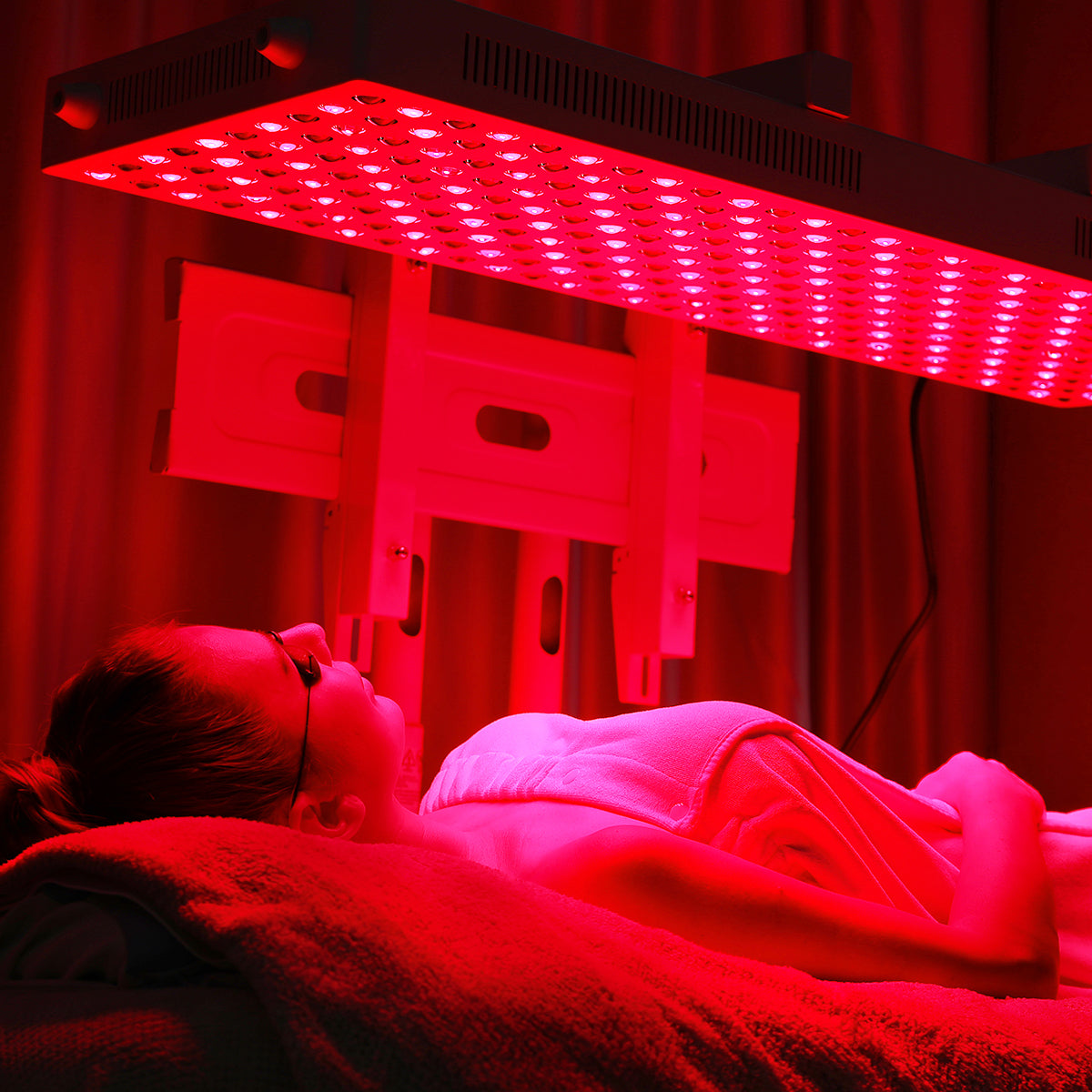
Leave a comment
This site is protected by hCaptcha and the hCaptcha Privacy Policy and Terms of Service apply.